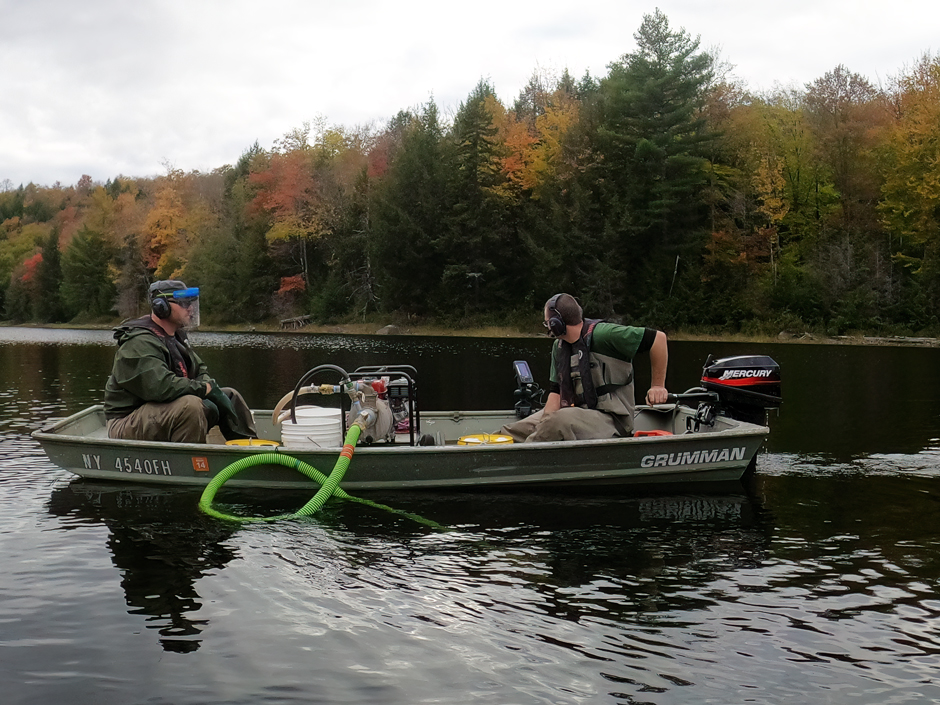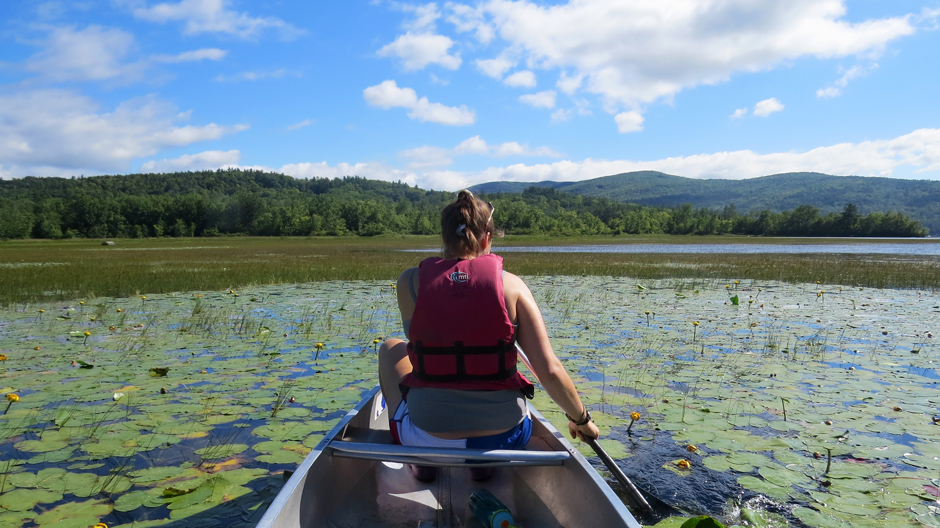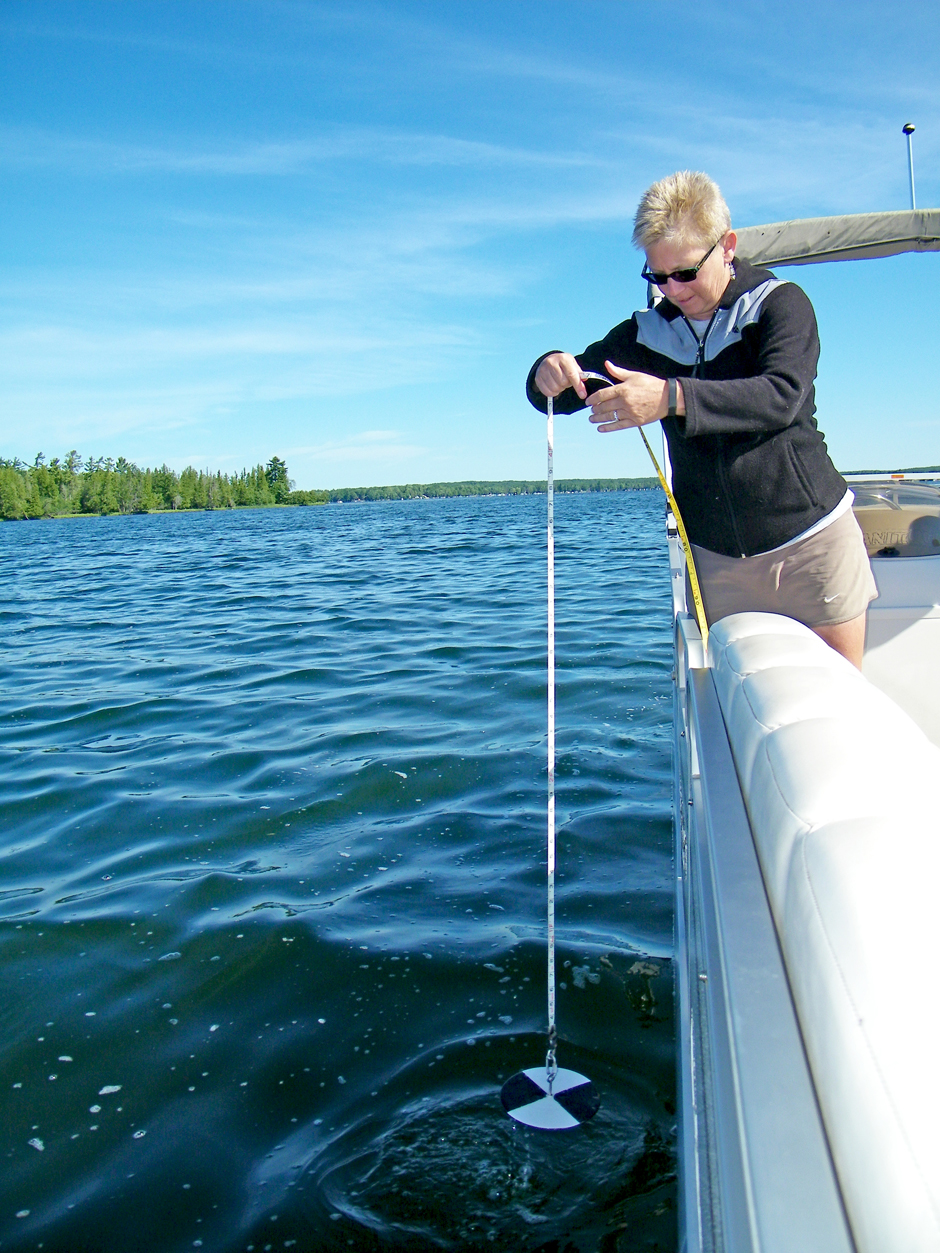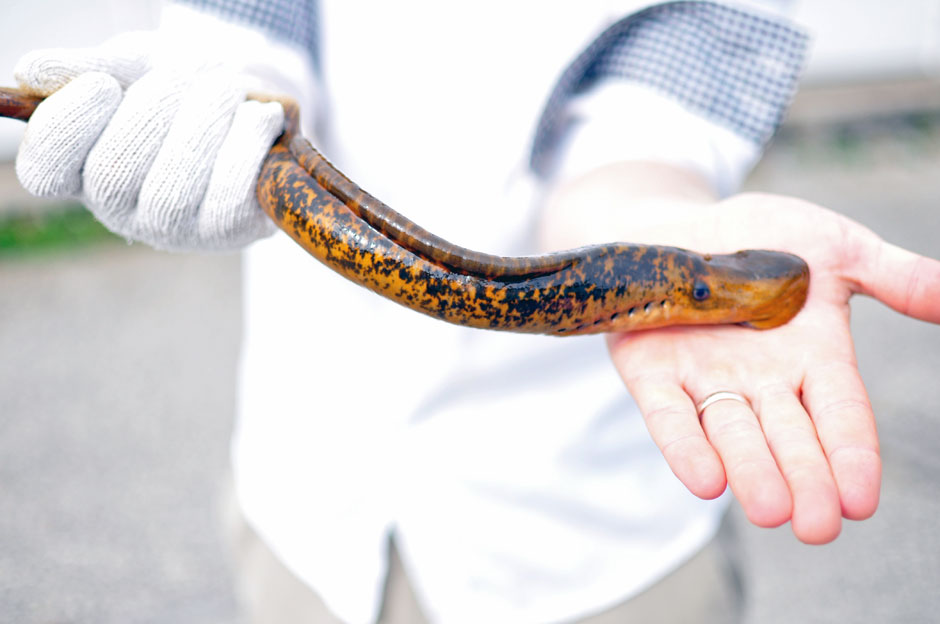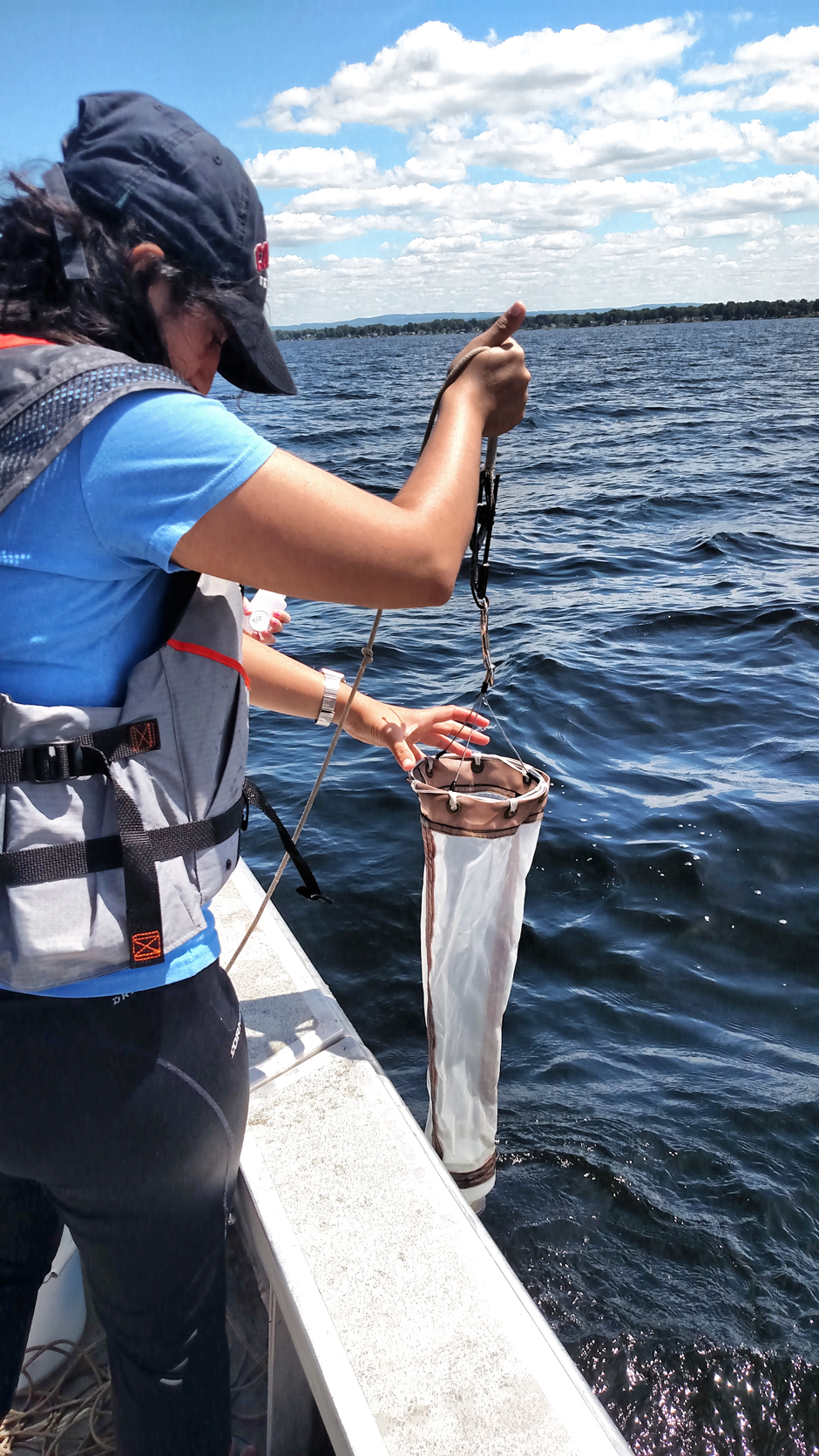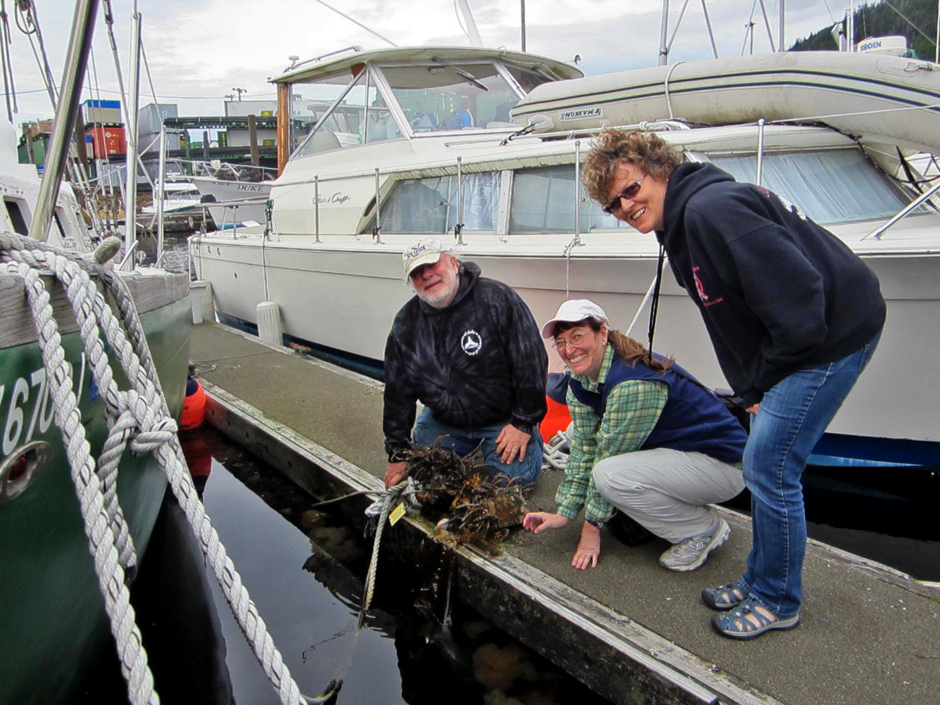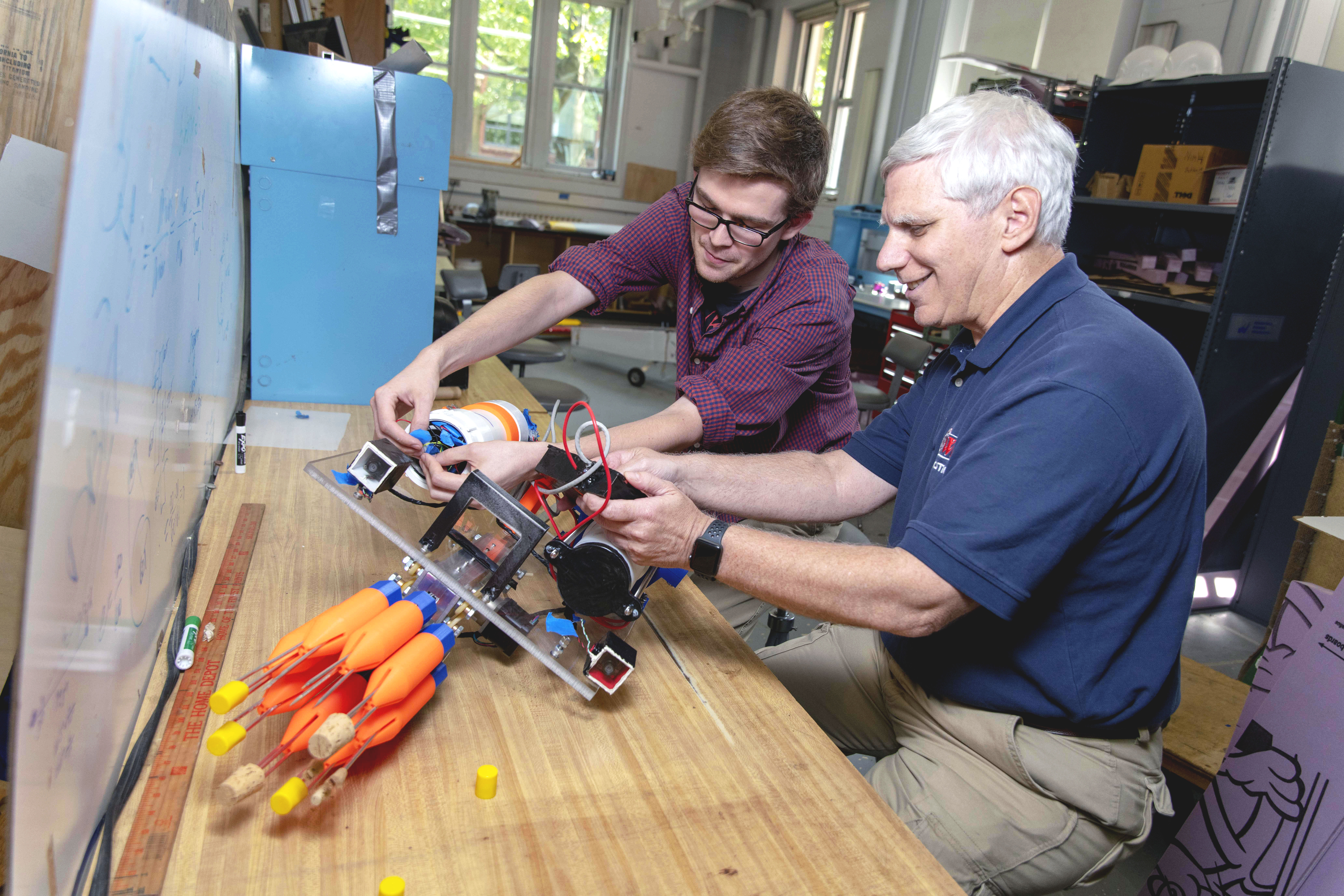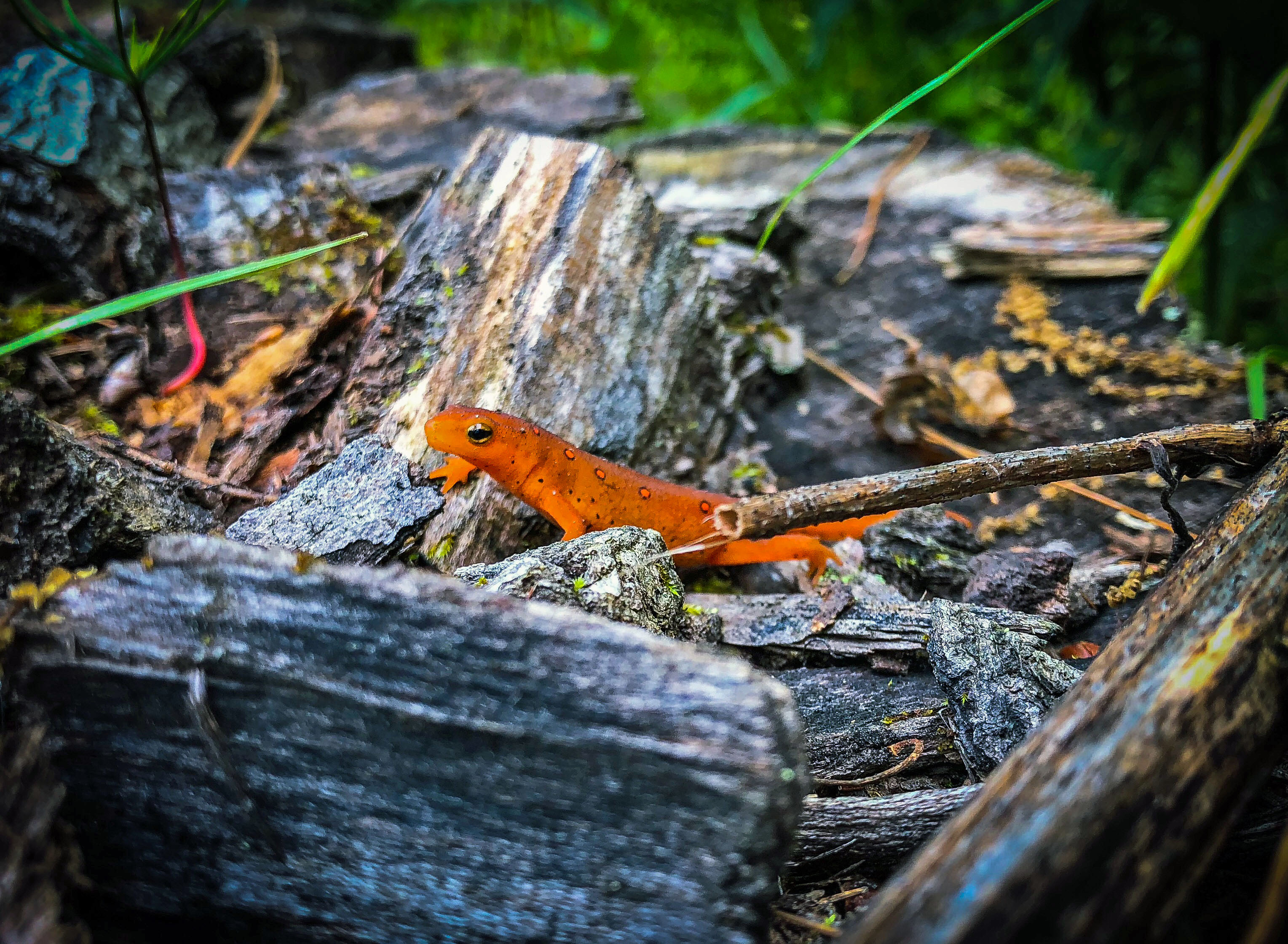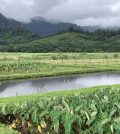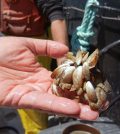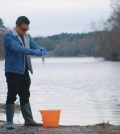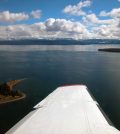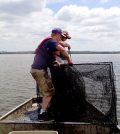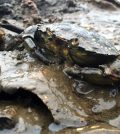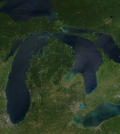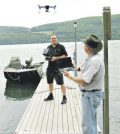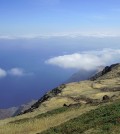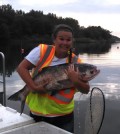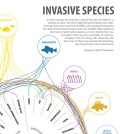Posts for tag "invasive species"
Reintroducing Historically Native Fish in America’s Largest Wilderness
Among the dozens of publicly protected national parks, hundreds of wilderness areas, and thousands of state parks in the contiguous U.S., none are larger than the Adirondack Park, a 6 million-acre wilderness area that spreads across upstate...
- Posted September 16, 2024
Small-Scale Monitoring for Large-Scale Impacts: Building Storm Resilience in the Newfound Lake Region
Dynamic and healthy ecosystems can become center points for towns, cities, and entire regions—such is the case in the Newfound Lake Region.
- Posted December 19, 2022
Engaging People, Engaging Lakes: How The Public Can Help Aquatic Systems
Lake appreciation and engagement of the public is critical in establishing and maintaining healthy lakes, streams, and other aquatic systems.
- Posted November 17, 2021
Is eradicating Great Lakes sea lamprey an “impossible dream?” Researchers say no
Sea lamprey control in the Great Lakes has been a success. Is eradication possible?
- Posted August 4, 2020
Cornell University Biological Field Station at Shackelton Point: Monitoring New York’s Largest Interior Lake for Sixty Years
Shackelton Point data includes records on various lake aspects that go back 50 years or more, making lake trends emerge more clearly to researchers.
- Posted August 14, 2019
Citizen Scientists Monitoring for Invasive Fouling Organisms
Researchers team up with citizen scientists to monitor the pristine waters of Alaska for invasive, fouling organisms.
- Posted May 1, 2019
Student-Built Robot Aiding Fight Against Invasive Lionfish
A team of undergrads from Worcester Polytechnic Institute have been training an underwater robot to hunt an invasive fish species.
- Posted March 6, 2019
Pennsylvania’s Lacawac Sanctuary Offers Rare Pristine Glacial Lake to Researchers
Lacawac Sanctuary boasts an unspoiled glacial lake, wetlands, ponds, second-growth forests and a focus on limnology.
- Posted January 31, 2019
Hawai‘i’s He‘eia NERR Looks to its Ancient Past to Prepare for its Future
Filled with rare species and beautiful climes, Hawai‘i’s He‘eia NERR is a researcher’s paradise.
- Posted January 9, 2019
SensorSpace Catching Invasive Species
SensorSpace, of the Flathead Lake Bio Station, is a one-of-a-kind maker space for sensor technology design leading the fight against invasive species.
- Posted October 31, 2018
Monitoring for Biodiversity with 1st Commercial eDNA Service in the UK
A commercial eDNA kit enables almost anyone, including citizen scientists, to monitor even rare aquatic species in a less intrusive, more effective way.
- Posted August 17, 2018
Using LiDAR in the Hunt for an Invasive Species in Yellowstone Lake
The National Park Service has a new tool in its fight to suppress a non-native species, lake trout, in Yellowstone Lake: LiDAR optimized for lakes.
- Posted July 18, 2018
Native Fish Eat Asian Carp On Illinois River, Invasive Still Prolific
Western Illinois University investigators sample native fish on the Illinois River to gauge their preferences for eating Asian Carp, as a control method.
- Posted November 16, 2016
Eurasian Watermilfoil Mapped With Hexacopter
Researchers at Michigan Technological University have modified a hexacopter to map eurasian watermilfoil ahead of remote sensing work.
- Posted October 11, 2016
Invasive Green Crab Found By Washington Citizen Scientists
Citizen scientists volunteering with the Washington Sea Grant have found an invasive green crab on San Juan Island, the first sighting in inland waters.
- Posted September 27, 2016
Barges May Up Asian Carp Invasion Risk
U.S. Fish and Wildlife Service biologists study Asian carp invasion risk posed by barges. Can the fish make it through electric barriers by hitching a ride?
- Posted August 16, 2016
Otsego Lake Clarity Up After Zebra Mussel Invasion
Otsego Lake in New York is getting clearer these days, but that may not be as such good news as it sounds. That’s because the lake is beset with zebra mussels, an invasive species known for its...
- Posted June 20, 2016
How Scientists Removed Invasive Goats From Mexico’s Isla Guadalupe
Isla Guadalupe, a remote and volcanic island south of the Mexican State of Baja, used to have a big problem with invasive goats, according to a release from Bowdoin College. But thanks to some inventive techniques, the...
- Posted February 26, 2016
Underwater Sounds Useful As Deterrent For Asian Carp
We know that there are some sounds that we as humans just don’t like. Anything obnoxious or intrusive pretty much fills the bill for this category. So knowing how we react to awful noises, is there a...
- Posted January 29, 2016
Infographic: Invasive Species
Infographic detailing 16 common types of invasive species -- animals or plants that aren't native to a specific location, but thrive after being introduced.
- Posted January 4, 2016


